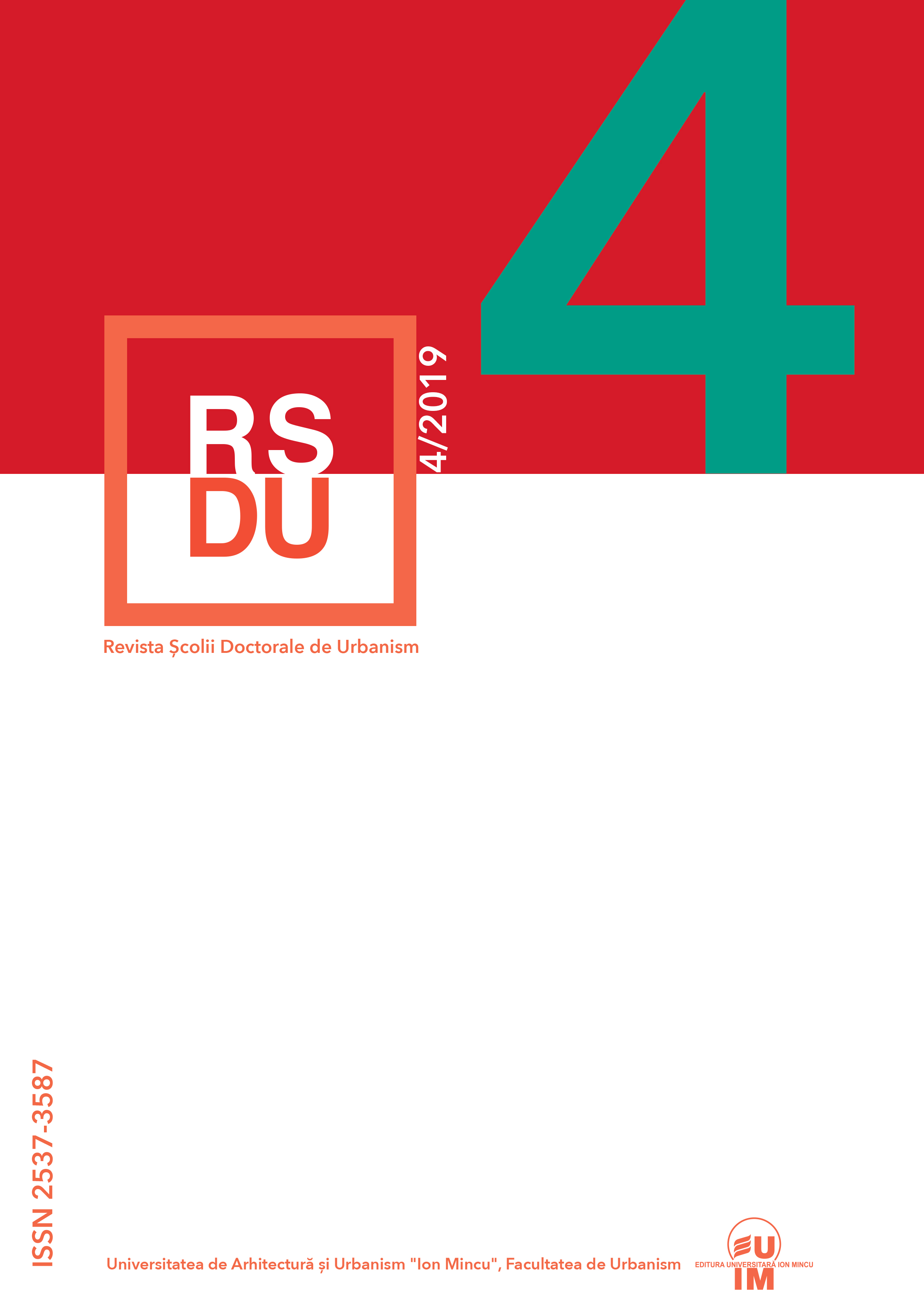Modele de evaluare a accesibilităţii teritoriale utilizând GIS
Models for assessing territorial accessibility using GIS
Author(s): Antonio Valentin TacheSubject(s): National Economy, Micro-Economics, Human Geography, Regional Geography, Applied Geography, Maps / Cartography, Political Theory, Political Sciences, Governance, Applied Sociology, Social development, Policy, planning, forecast and speculation, Demography and human biology, Economic development, Socio-Economic Research, Transport / Logistics
Published by: Universitatea de Arhitectură şi Urbanism »Ion Mincu«
Keywords: transport; indicators; spatial planning; travel times; linear networks; cost surface model; cost weighted distance;
Summary/Abstract: Space is the basic concept of geographical analysis, and the spatial relations established between the different elements of the environment are those that structure the planable territory. On a temporal scale, the European space was shaped by a variety of vectors, which ultimately sought to make the use of the geographical landscape more efficient, implicitly by increasing accessibility between expanding cities, between supply and demand. Accessibility is the main "product" of a transport system. This determines the advantage of positioning one region over the others (including itself). Accessibility indicators can be defined to reflect, within or outside the region, the transport infrastructure affecting the region. Geographic Information Systems (GIS) are used as scientific and methodological tools for measuring accessibility, monitoring the resulting indicators, identifying spatial disparities and finally finding solutions to support territorial planning.
Journal: Revista Şcolii Doctorale de Urbanism
- Issue Year: 4/2019
- Issue No: 1
- Page Range: 53-62
- Page Count: 10
- Language: Romanian

